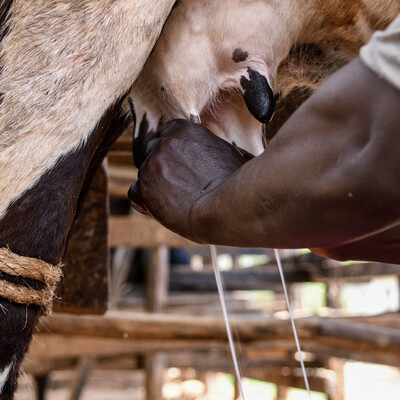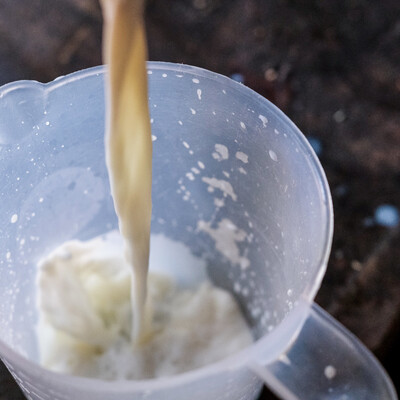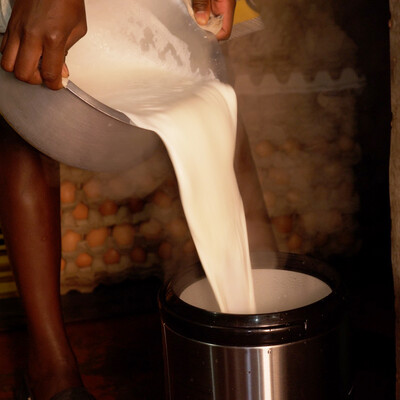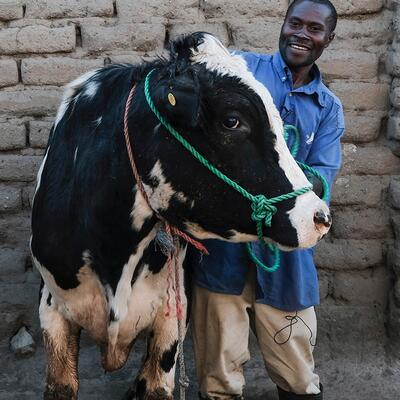

Cultivated forages boost production and income for dairy farmers in Bishoftu District, Ethiopia
As Ethiopia's urban settlements and population grow, so does the demand for animal-source foods. Urban and peri-urban livestock production plays a critical role in supplying these foods benefiting from better access to inputs, services and markets for farmers. However, one of the major challenges in the country's livestock production system is the limited supply of both high-quality and sufficient quantities of feed. Most farmers rely heavily on purchased roughages and supplements, which increase production costs, drive up prices and reduce the purchasing power of average consumers.
The dairy value chain is a key focus area of the International Livestock Research Institute (ILRI) through the CGIAR Sustainable Animal Productivity for Livelihoods, Nutrition, and Gender Inclusion (SAPLING) Initiative. This initiative is improving the efficiency and sustainability of milk production within smallholder systems.
In Ethiopia, ILRI has designed interventions targeting three main pillars of dairy production: genetics, nutrition and animal health. Adea (Bishoftu) and Bahir Dar Zuria districts were chosen as SAPLING’s operational sites, aligning with the Africa Dairy Genetic Gains (ADGG) program, which has supported urban and peri-urban dairy farmers in improving livestock genetics. Additionally, the initiative has integrated nutrition and health interventions to enhance milk production efficiency.
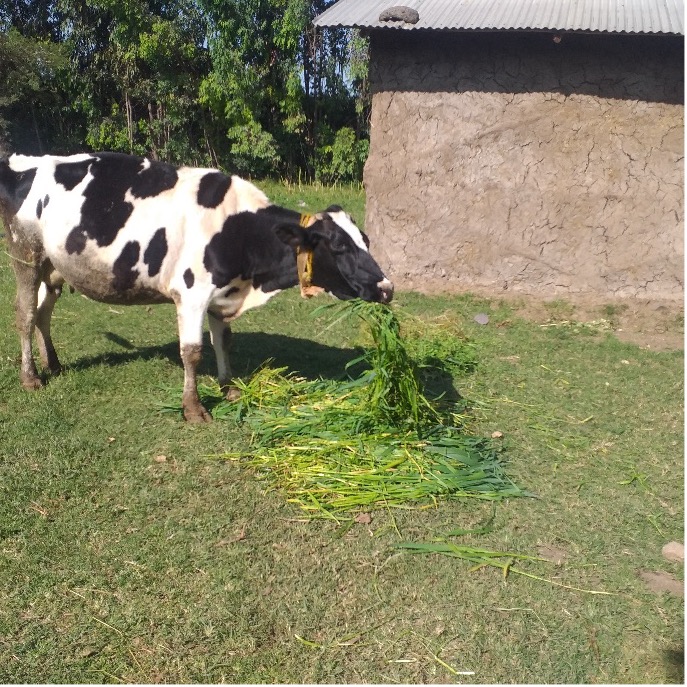
Feed and forage interventions
In June 2023, the SAPLING team conducted a rapid assessment of the feed situation, including available feed types, quality and prices in Adea and Bahir Dar Zuria districts. Farmer groups of 10–20 households interested in establishing forage plots were identified and given training in forage management and utilization, as well as planting materials for grass and legume forages.
A farmer experience-sharing program was previously organized in Adea District in October 2023, allowing participants to learn from those who had successfully planted forages. As a result, 20 more farmers from three kebeles (villages) established forage plots in the 2024 planting season.
Another experience-sharing event took place on 17 September 2024, involving more new farmers from the three kebeles (Babogaya, Godeti and Dembi) and staff from Bishoftu’s urban agriculture extension unit. This event aimed to further promote forage adoption among the broader farming community.
Participants were introduced to the feed and forage interventions, followed by farm visits to see how grass and legume forages had been established. At each farm, host farmers described their journey into forage planting, the process of establishment, as well as the benefits and challenges observed. Visiting farmers raised questions and shared their thoughts at each stop. The event concluded with a group discussion, reflecting on the lessons learned.
Reflections from farmers
- Farmers who planted small portions of forage regretted not planting more after seeing the high biomass yields from their peers’ larger plots. They expressed a desire to expand their forage areas in the next planting season.
- Some farmers reported reduced reliance on purchased concentrate rations after starting to feed forages to their cows, while still achieving improved milk yields.
- Farmers with surplus oats and vetch expressed interest in making hay for use during periods of feed scarcity. They were reminded of the technical procedures for quality haymaking and utilization.
Farmers had noted improved animal body condition and health after introducing forages.
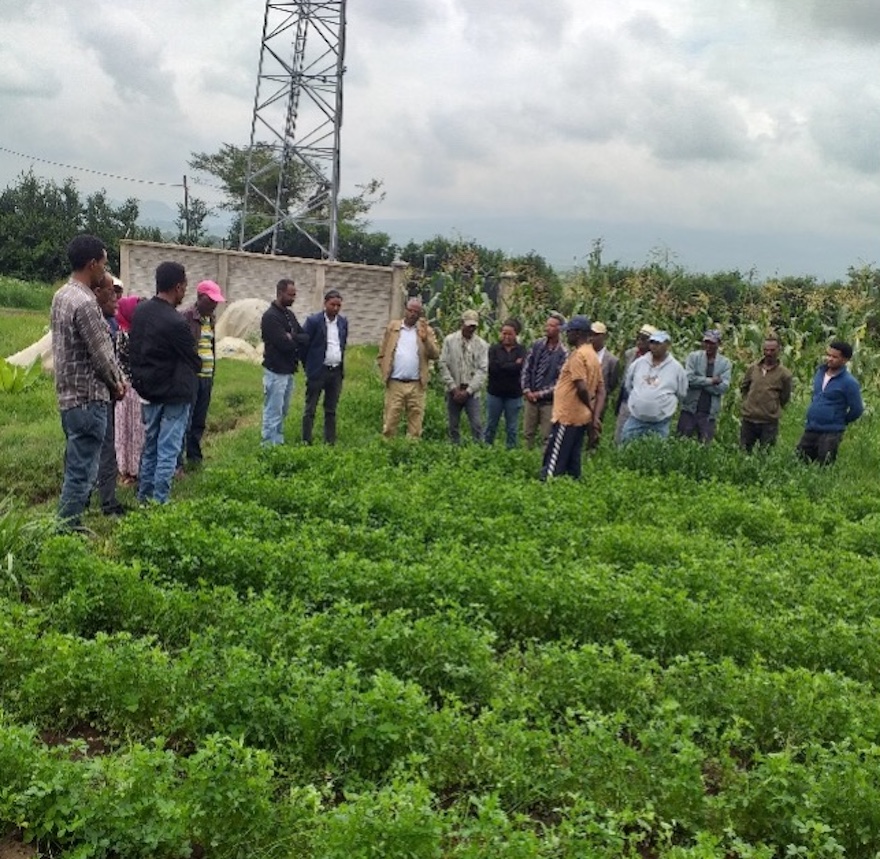
Farmers in an experience sharing and learning tour in Bishoftu (photo: ILRI/Aberra Adie).
Lessons learned
- The Ethiopian government is prioritizing increased animal production to meet its development goals. Through its livestock development initiative referred as 'Yelemat Tirufat', the government encourages urban and peri-urban dairy businesses, which are better connected to infrastructure and markets, to play a role in achieving these targets. This creates an opportunity for research and development institutions to contribute innovations and technologies.
- High-quality forage grown on small plots can improve animal nutrition and health, create a healthier environment and reduce production costs.
- As urban dairy producers often have limited land for large-scale forage production, establishing linkages with rural farmers who have more land could allow them to grow and sell forages to urban dairy producers.
Next steps
To encourage further adoption of planted forages, the initiative has planned follow-up technical and advisory support for dairy farmers through the district office of the agricultural extension department. Additionally, farmers have been connected with the Herbage Seed Unit of the ILRI Genebank in Bishoftu, where they can access forage seeds and planting materials for the next planting season. To assess the impact of planted forage on milk production, household-level data collection and monitoring will be conducted with selected farmers.
This work was conducted as part of the CGIAR Initiative on Sustainable Animal Productivity. CGIAR research is supported by contributions to the CGIAR Trust Fund. CGIAR is a global research partnership for a food-secure future dedicated to transforming food, land, and water systems in a climate crisis.
You may also like
ILRI News
Four-year initiative launched to improve milk quality, safety and marketing in central and western Kenya
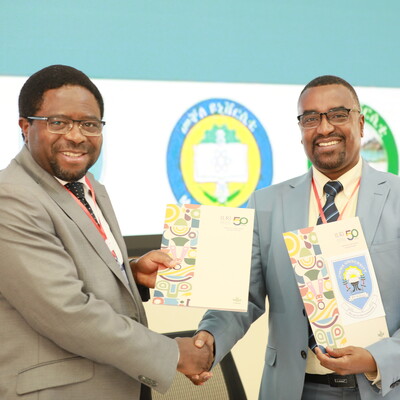
ILRI News
ILRI signs agreements with seven universities to collaborate on practical innovations for Ethiopia’s dairy sector

HABITAT- Farmer workshops on biodiversity and pasture biodiversity assessment on highland dairy farms
Related Publications
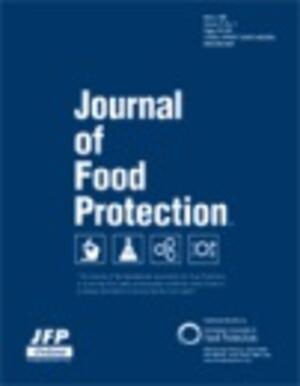
The impact of training intervention on levels of indicator bacteria and prevalence of selected pathogens in raw milk from smallholder women dairy farmers in Central Ethiopia
- Beyene, A.M.
- Nigatu, S.
- Archila-Godinez, J.C.
- Amenu, Kebede
- Kowalcyk, B.
- Degefaw, D.
- Mogess, B.
- Gelaw, B.
- Gizachew, M.
- Mengistu, A.
- Abdelhamid, A.G.
- Barkley, J.
- Yousef, A.
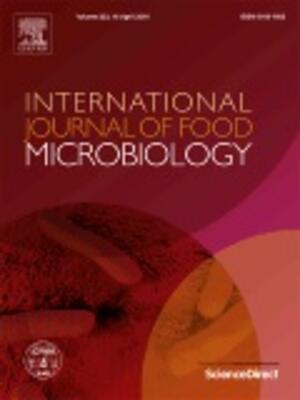
Prevalence of Listeria monocytogenes and Listeria species and associated risk factors for contamination of milk and cottage cheese along the value chains in Ethiopia
- Hassen, A.
- Keba, Abdi
- Ebrai, M.S.
- Mamo, H.
- Geleta, T.K.
- Tessema, T.S.
- Vipham, J.
- Kovac, J.
- Zewdu, A.
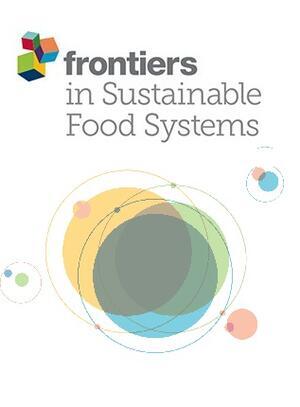
Impact of hygienic milk production training on knowledge, attitudes and practices of women farmers in the central highlands of Ethiopia
- Keba, Abdi
- Tola, A.
- Kaylegian, K.E.
- Kebede, M.
- Zewdu, A.

Rift Valley fever virus remains infectious in milk stored in a wide range of temperatures
- Dawes, B.E.
- De La Mota-Peynado, A.
- Rezende, I.M.
- Buyukcangaz, E.K.
- Harvey, A.M.
- Gerken, Keli N.
- Winter, C.A.
- Bayrau, B.
- Mitzel, D.N.
- Waggoner, J.J.
- Pinsky, B.A.
- Wilson, W.C.
- LaBeaud, A.D.






